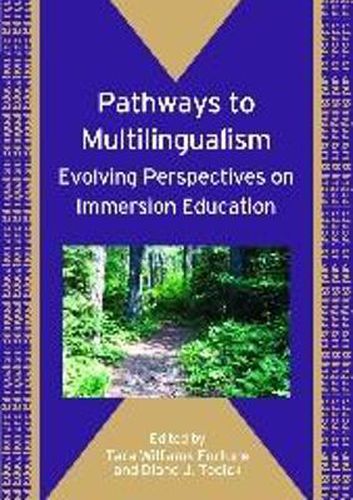Readings Newsletter
Become a Readings Member to make your shopping experience even easier.
Sign in or sign up for free!
You’re not far away from qualifying for FREE standard shipping within Australia
You’ve qualified for FREE standard shipping within Australia
The cart is loading…






Immersion education serves as a highly successful pathway to multilingualism. This volume focuses on the evolution of perspectives and practices within language immersion education and showcases an international roster of scholars who offer theoretical perspectives, research reviews and empirical studies on teaching, learning and language development in immersion programs. This collection of studies and discussions represents three branches of immersion education, foreign language ( one-way ), bilingual ( two-way ) and indigenous immersion programs. Each branch has its unique situational dynamics to address, and such dynamics must be carefully considered particularly in the interpretation of research findings. Nevertheless, the volume’s co-editors argue that much can be learned from research and practices carried out in closely related immersion settings that experience similar challenges related to the delicate balance between language and content. This volume presents an opportunity for thoughtful cross-context dialogue and knowledge exchange.
$9.00 standard shipping within Australia
FREE standard shipping within Australia for orders over $100.00
Express & International shipping calculated at checkout
Immersion education serves as a highly successful pathway to multilingualism. This volume focuses on the evolution of perspectives and practices within language immersion education and showcases an international roster of scholars who offer theoretical perspectives, research reviews and empirical studies on teaching, learning and language development in immersion programs. This collection of studies and discussions represents three branches of immersion education, foreign language ( one-way ), bilingual ( two-way ) and indigenous immersion programs. Each branch has its unique situational dynamics to address, and such dynamics must be carefully considered particularly in the interpretation of research findings. Nevertheless, the volume’s co-editors argue that much can be learned from research and practices carried out in closely related immersion settings that experience similar challenges related to the delicate balance between language and content. This volume presents an opportunity for thoughtful cross-context dialogue and knowledge exchange.